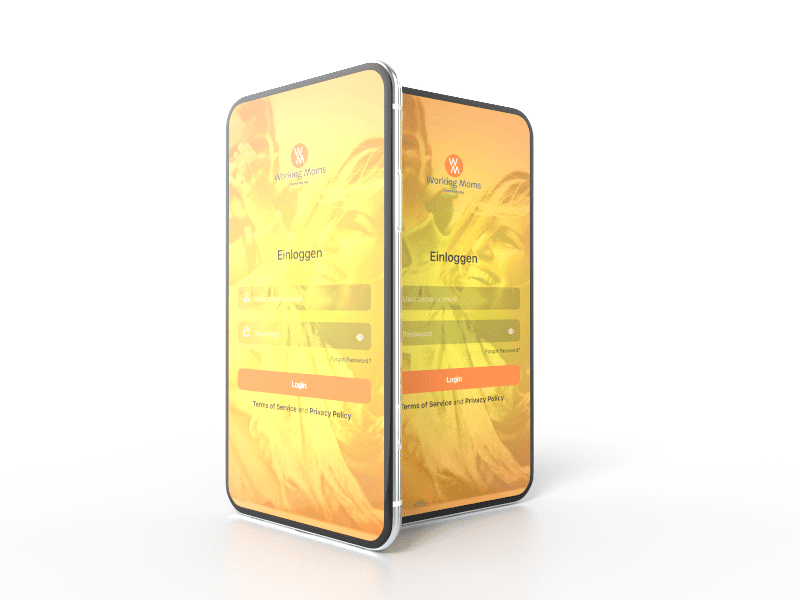Publish an app in the App Store. Creating an app is one thing. Publishing the app in the app stores is the other. Publishing an app in an app store is a certification process with all the hardships that you would expect from certification.
Here we take a look at two App Store releases:
- Publish app in the App Store from Apple.
- Publish app in the App Store from Google Play Store.
The following considerations are interesting for every app release and especially for the release of a BuddyBoss app.
Table of contents
ToggleRegister as a developer with the Apple Store and Google Play Store
To be able to publish an app at all, you need a developer account with both Apple and Google.
Log in to Apple at https://developer.apple.com/develop/
You can find out how to create a developer account with Google at: https://support.google.com/googleplay/android-developer/answer/6112435?hl=de
Read on to find out more about the special features of an Apple Store developer account and what you need to bear in mind to be able to publish apps at all.
The cost in both stores is around 99 euros per year.
What you absolutely need: a D-U-N-S number
You need a D-U-N-S number for both stores.
The abbreviation D-U-N-S stands for Data Universal Numbering System, a numbering system for the unique identification of companies, company divisions and self-employed persons. It was developed in 1962 by Dun & Bradstreet (D&B) and has since established itself as a global standard.
Assignment of the D-U-N-S number
The allocation of the D-U-N-S number is not restricted to companies. The decisive factor for allocation is participation in the economic cycle. More and more companies, such as Deutsche Bahn AG, are requesting a D-U-N-S number from their suppliers. Such a number is also required to create an Apple developer account for companies, while normal developer accounts do not require one. Google also requires a D-U-N-S number when creating a developer account for organizations.
The nine-digit D-U-N-S numerical code is assigned by Dun & Bradstreet and serves as an identification number for each economic operator registered in the D&B database. The number is randomly generated and only acquires its meaning when it is assigned to a specific company.
A company can have several D-U-N-S numbers within the same legal entity, for example to identify different locations.
Until around the end of 2006, the ninth digit of the code served as a check digit, which was calculated using the Luhn algorithm to exclude invalid numbers. Due to the increased demand for D-U-N-S numbers, the check digit has not been used since then.
If you have a special character, e.g. "ß" in your name, try to omit it when applying. This will delay the allocation of the number and even more so the creation of a mandatory Organization Developer account with Apple Store.
The screenshots / images
Both the Apple Store and the Google Play Store have clear guidelines on how the images or screenshots of the app must look.
Pictures in the Apple Store
Apple requires real screenshots. To create screenshots for Apple apps or iOS apps, we recommend Browserstack. Browserstack offers an app simulator in various editions - this can be used to create all screenshots. If necessary, take out an account for a month. It's worth it. You can create perfect screenshots that will be accepted. Browserstack can also be used to create video recordings of the apps. This is really very interesting.
Please do not have the idea of uploading a screenshot to the Apple Store that you have created with an Android device. This is guaranteed to lead to the app being rejected in the Apple Store.
Example:
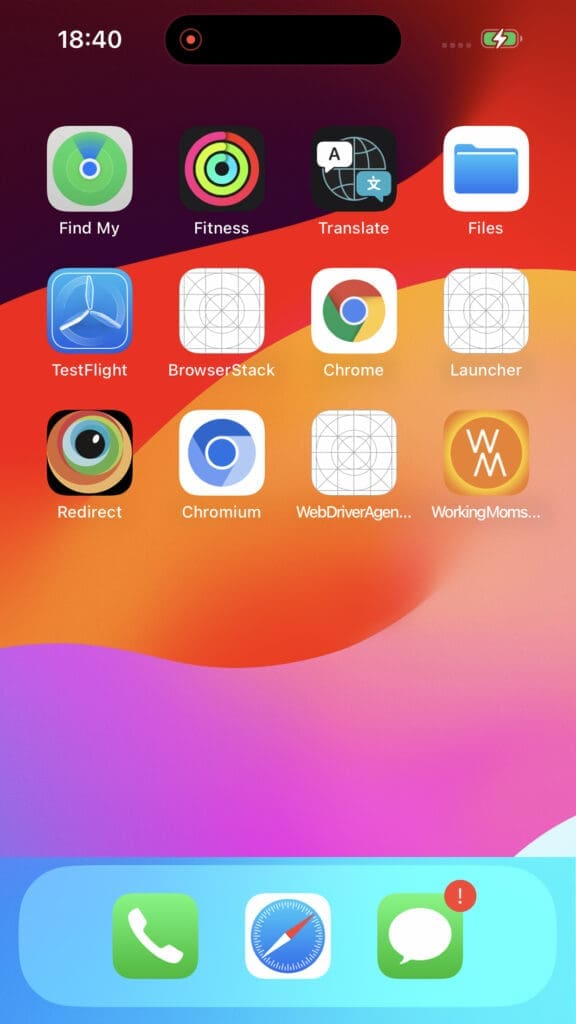
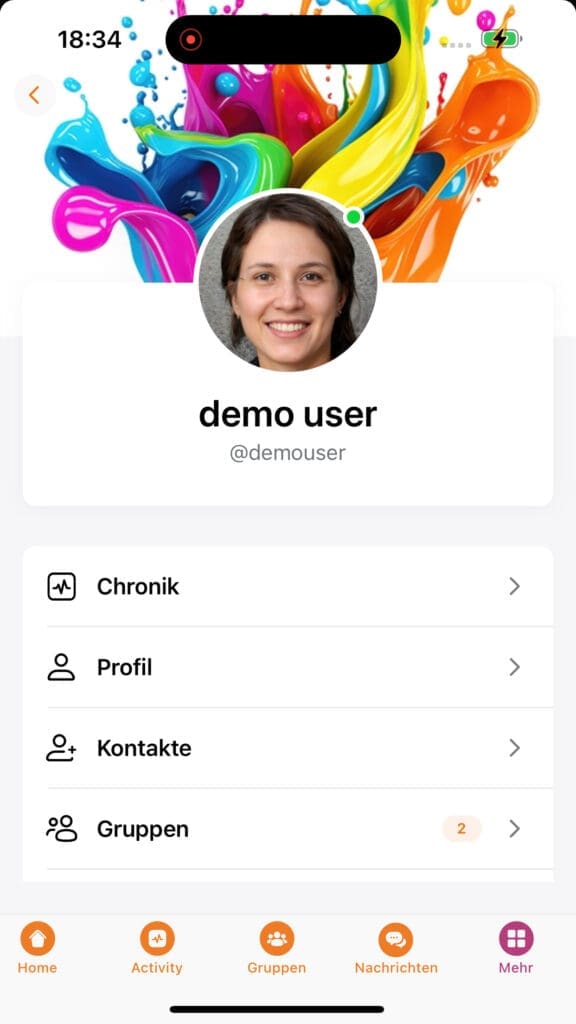

Images in the Google Play Store
In the Google Playstore, on the other hand, "image creations" can be created. Here you only have to pay attention to the respective size ratio of the image. As a rule, these are 16:9 or 9:16 images. You can therefore create screenshots of your app in different output media and create an image that corresponds to the aspect ratio. However, if you want a smartphone image, you should have one available and if you want an image for the tablet output, you should have one available. The image itself can be provided with text or something else.
Example:
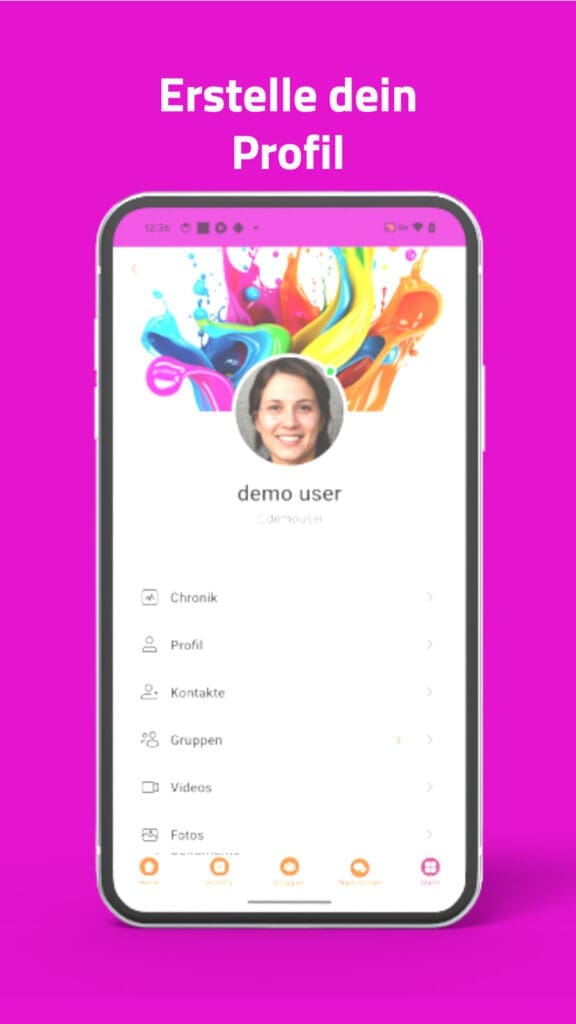



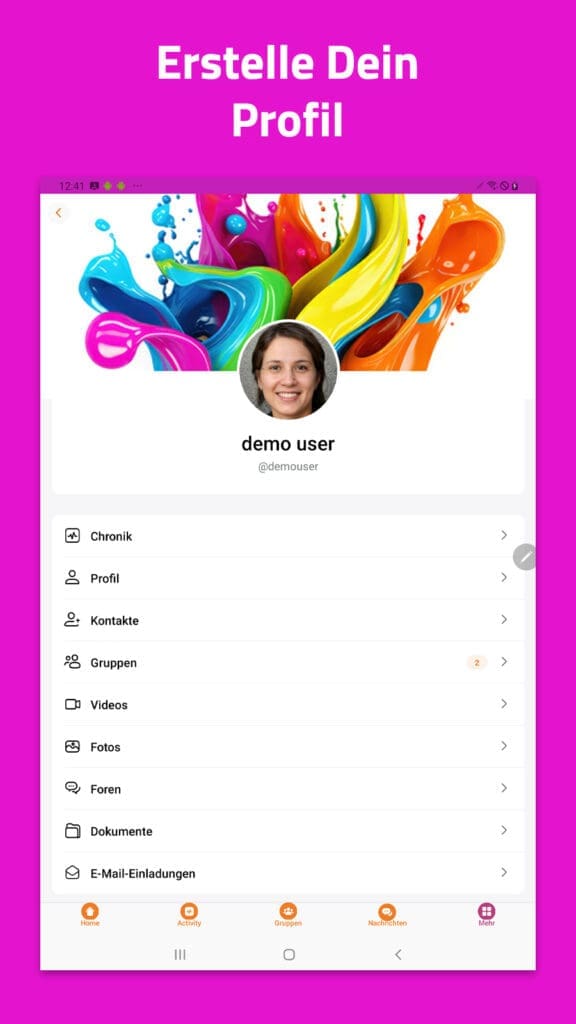

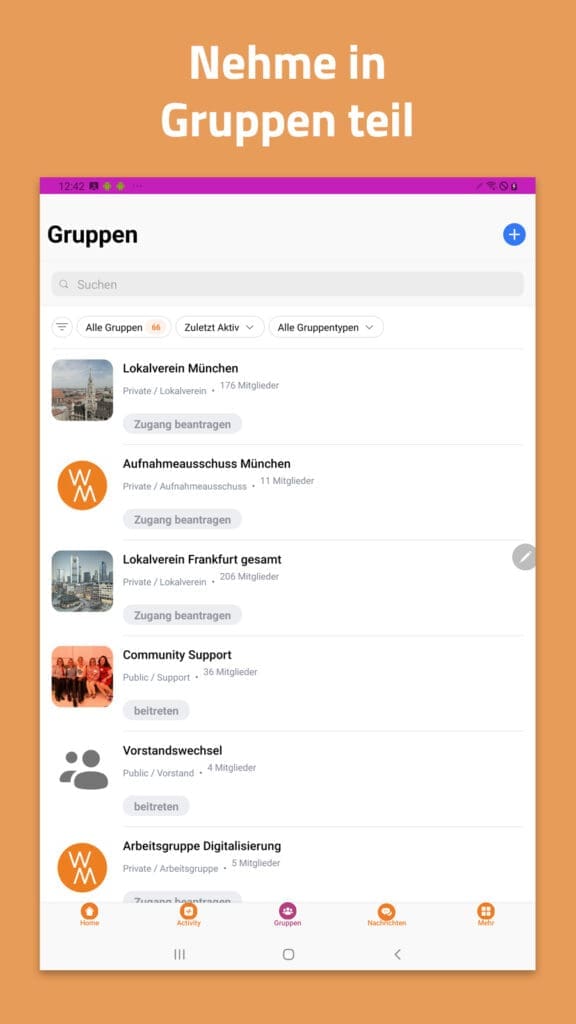



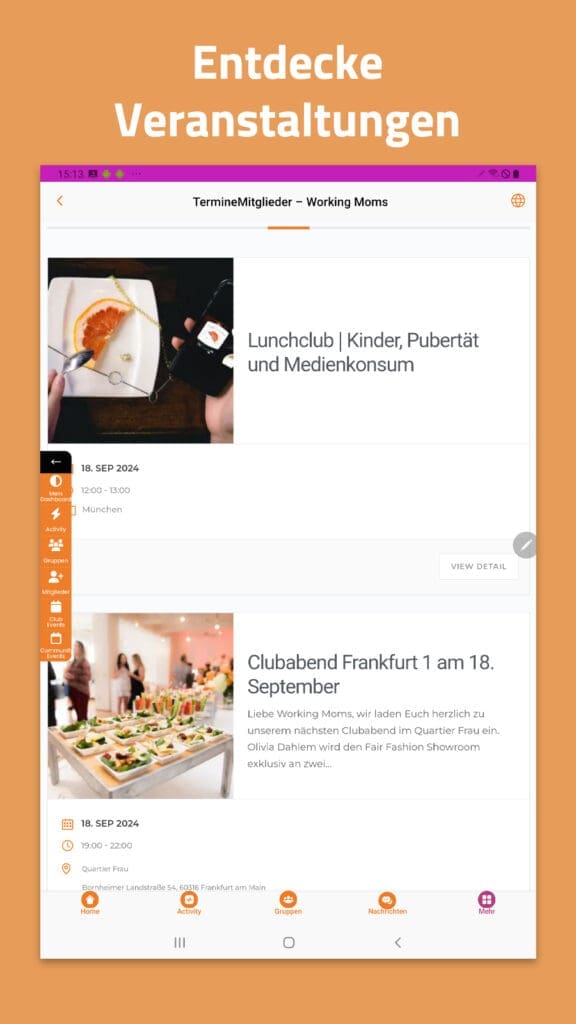

As you can see, the Apple Store requires exact screenshots with an exact resolution, while the Google Play Store requires "creations". Important: The app icon in the Google Play Store must be created in SRGB in the size 512 x 512 pixels. You should not use transparent PNG files as screenshots for any store!!!
Further app details
In both the Apple Store and the Google Store, you should make sure your app has an appealing description. This also applies in the event that the app you want to publish is not advertised at all. In general, both stores assume that advertising for your app is important.
Accordingly, write a good and meaningful text!
Access for Apple Store Team or Google Play Store Team
There are apps that no one can register for. So create an account that includes all rights for the app and inform the respective store review team of this. Before you submit the access data, it is better to check again whether the access data is correct. It would be a shame if you were rejected because of this.
Publishing an app in the App Store - reviews / rejections
Experience has shown that Apple Store reviews take between 8 and 24 hours. Each time there is a rejection, you can correct the error and resubmit. The Apple Store team will also ask specific questions that you can answer.
Experience has shown that checks in the Google Play Store take several days. And no specific questions are asked. As everyone knows, everything is kept very general. If your app has been rejected 3 times, the app will be "SUSPENDED". This means that you have to go through the whole registration process again. In the Google Play Store, you even run the risk that your entire developer account will be suspended and you will no longer be allowed to create a new one. ALSO: read everything carefully beforehand. If you don't understand it straight away, then read through everything until you understand it or ask a specialist.
Questions about questions
You have to answer a lot of questions in both stores. There are more questions in the Google Play Store. All questions are aimed at checking whether you are active in certain "trades" such as health, money, etc. Other questions are aimed at pornography or depictions of violence. You must have certain authorizations for the first areas mentioned. The latter areas are usually rejected.
Why do Google Play Store and Apple Store have such strict guidelines when publishing an app?
Google and Apple have strict guidelines for the publication of apps to ensure the security, quality and integrity of their platforms. The reasons for these strict guidelines are manifold:
- User security: One of Google and Apple's main priorities is to protect their users from malware, data misuse and fraudulent activities. Strict checks ensure that the apps do not contain any malicious programs or security vulnerabilities that could put user data at risk.
- Data protection: Both Google and Apple attach great importance to protecting the privacy of their users. Apps must adhere to strict data protection guidelines and provide transparent information about how user data is collected, used and stored. This protects users from unwanted data collection and disclosure.
- Quality control: Strict guidelines ensure that the apps are of a certain quality. This concerns user-friendliness, stability and compliance with design standards. Apple is known for particularly high design and functional requirements to ensure that users have a consistent and high-quality experience.
- Avoidance of fraud: The guidelines also help to prevent fraudulent apps and in-app purchases. By closely reviewing payment processes and mechanisms such as in-app purchases, the aim is to prevent users from being harmed by fake or fraudulent apps.
- Brand and platform protection: Google and Apple are interested in protecting their brands and platforms. Apps that could damage the reputation of the platform or the user experience are rejected. Apple, for example, has very strict guidelines for the design and functionality of apps in order to preserve the aesthetics and user-friendliness of its devices.
- Consistency and user experience: Both platforms strive for a uniform user experience. This means that apps must follow certain guidelines for navigation, design and functionality in order to provide users with a familiar and intuitive user experience. Apple in particular attaches great importance to a seamless user experience in line with the iOS design guidelines.
Overall, these guidelines serve to keep the platforms secure, trustworthy and user-friendly, while providing developers with a clear framework to ensure compliance.
A video on the topic
We have found an interesting video on the subject, watch it here or on YouTube:
The video is a bit Apple-heavy and dates back to 2020, so it is no longer entirely up-to-date. Nevertheless, it gives a very good insight into the topic.
Publishing an app in the App Store - Conclusion
After all, creating an app is much easier than publishing it in an app store. You can now argue about which app store makes it easier and/or more difficult. Each app store has its own special features that need to be taken into account and special attention should be paid to the published terms and conditions.
We will be adding further links to this article over the next few weeks. So much for the topic for now. If you have any questions: ks@pr-agentur.pro or call +49 17640783890.

